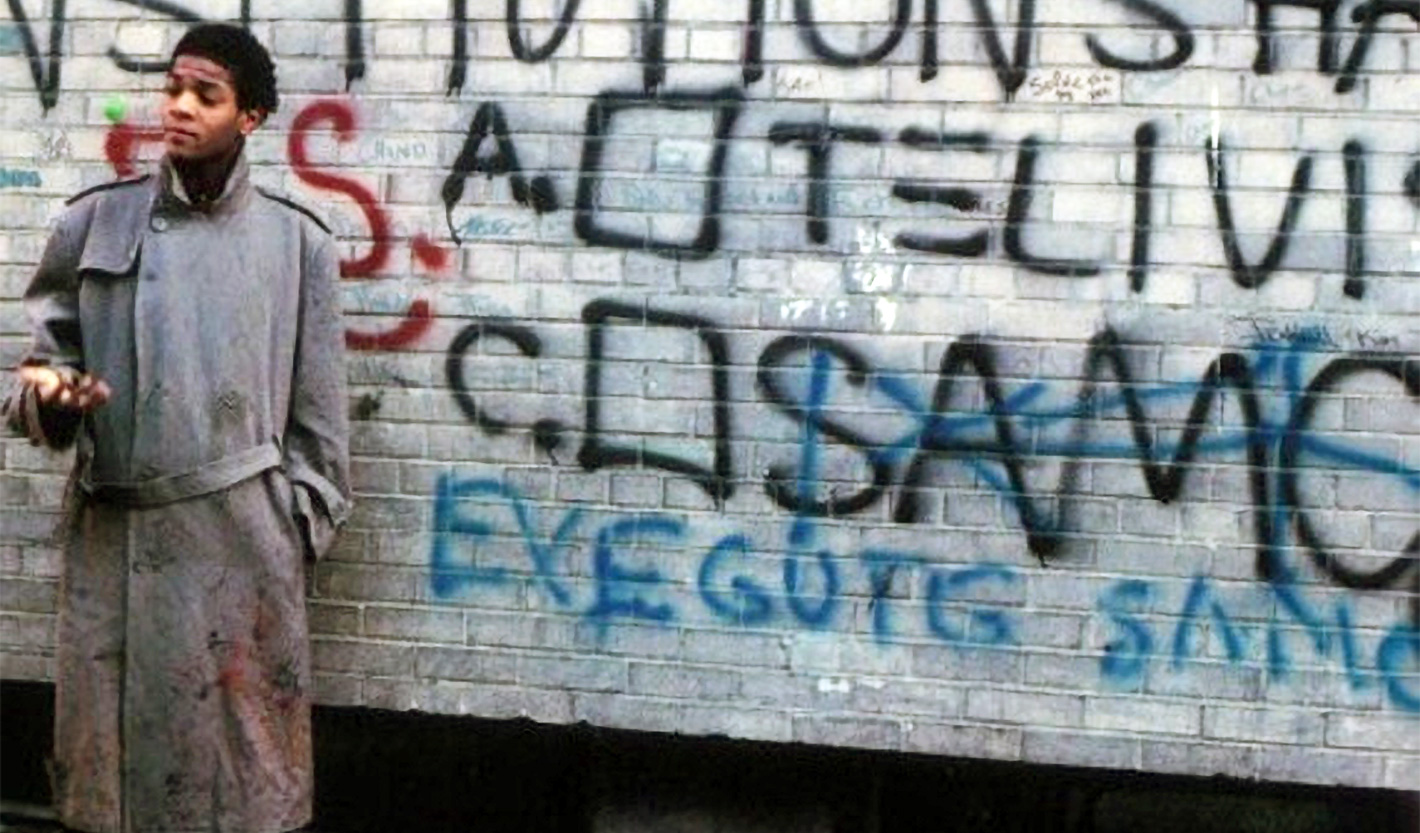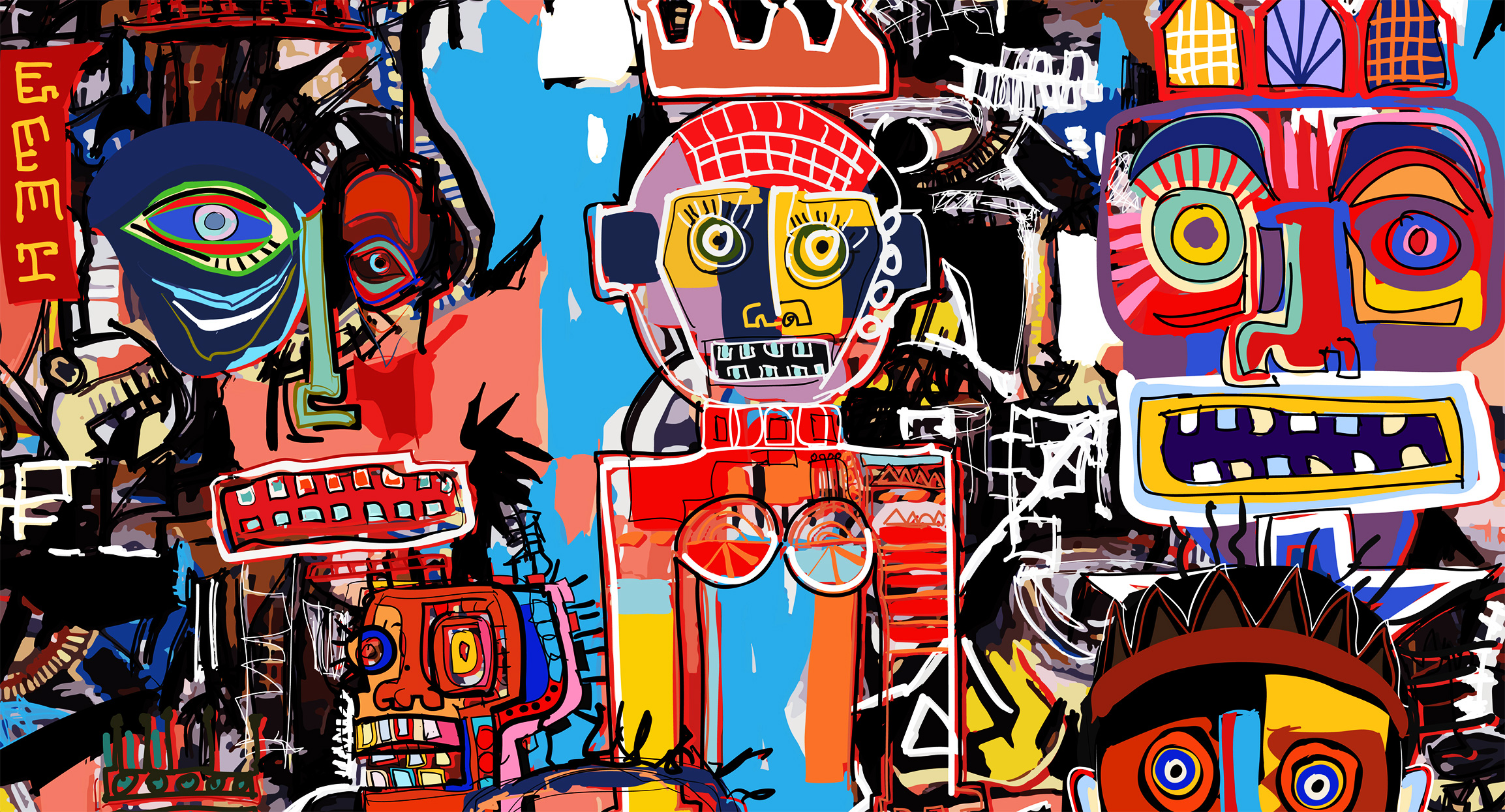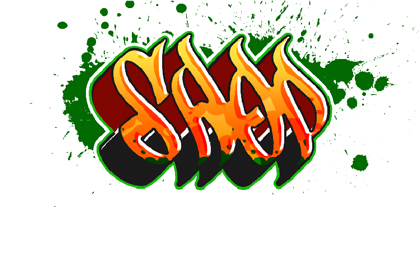From Graffiti Artist to Art Icon: Jean-Michel Basquiat’s Extraordinary Journey
Jean-Michel Basquiat is widely regarded as one of the most influential artists of the 20th century. Born in Brooklyn, New York, in 1960, Basquiat rose to prominence in the 1980s with his distinctive graffiti-inspired artwork.
Before delving into Basquiat’s relationship with graffiti, it is important to understand the origins of this art form. Graffiti has a long history, dating back to ancient civilizations, where people would carve or paint on walls to convey messages or leave their mark.
In the modern context, graffiti has gained popularity as a form of expression in urban environments, often associated with marginalized communities.
Basquiat’s incorporation of graffiti symbols and motifs added layers of meaning to his artwork, addressing often overlooked social and political issues.
One of the key reasons for Basquiat’s success was his ability to bridge the gap between graffiti and fine art. His work resonated with a broad audience, appealing to both the street art community and the art establishment.
Basquiat’s art reflected his experiences as a Black artist in a predominantly white art world, incorporating themes of identity, race, and class.
Beyond the visual aspects, Basquiat’s connection to graffiti can also be seen in his artistic process. He embraced spontaneity and improvisation, often working quickly and incorporating found objects into his art.
This approach mirrored the ephemeral nature of graffiti, where artists would create their pieces in a matter of minutes, knowing they could be painted over or removed at any time.

Early Life and Introduction to Graffiti
Basquiat’s exposure to graffiti started at a young age. Growing up in Brooklyn, he witnessed the emergence of hip-hop culture, which included graffiti as one of its essential elements. The vibrant street art that adorned the city walls captivated Basquiat’s imagination, leaving an indelible mark on his artistic trajectory.
Born on December 22, 1960, in Brooklyn, New York, Basquiat’s artistic inclination manifested at an early age. His Haitian and Puerto Rican heritage, coupled with the vibrant street culture of NYC, shaped his artistic sensibilities.
In the late 1970s, Basquiat began his artistic journey by engaging in street art and graffiti. Under the pseudonym SAMO (short for “Same Old Shit”), he collaborated with his friend Al Diaz to create thought-provoking and often cryptic messages on New York City walls. As a teenager, Basquiat gained attention for its thought-provoking messages and distinctive style. This period laid the foundation for Basquiat’s exploration of graffiti’s expressive power and potential to convey social and political commentary.
Their graffiti was characterized by bold, stylized lettering and cryptic messages that challenged societal norms and institutions. This early experience with graffiti laid the foundation for Basquiat’s future artistic endeavors.
Basquiat’s transition from graffiti to fine art was not a straightforward one. He started as a street artist, creating vibrant and energetic murals that adorned New York City walls.
However, his unique style and raw talent captured the art world’s attention. Basquiat’s works began to incorporate elements of his graffiti background, combining words, symbols, and images in a visually striking manner.
The convergence of Basquiat’s graffiti roots with his fine art practice was significant. It challenged the traditional boundaries of what was considered “high art” and expanded the definition of contemporary art.
Influence of Graffiti on Basquiat’s Artistic Style
Basquiat’s graffiti experience heavily influenced his artistic style. His work’s raw energy, bold colors, and dynamic brushstrokes can be traced back to the aesthetics of street art. He embraced the spontaneous nature of graffiti, incorporating it into his paintings, drawings, and mixed-media artworks.
Another aspect of graffiti that deeply impacted Basquiat was its ability to challenge societal norms and give voice to marginalized communities. Through his art, Basquiat aimed to highlight the struggles Black people and other marginalized groups faced, just as graffiti challenged societal expectations and norms.
Basquiat’s Unique Interpretation of Graffiti
While Basquiat drew inspiration from graffiti, he developed a distinct visual language that set him apart from other street artists. His work often combined symbols, text, and abstract imagery to create powerful compositions that resonated with viewers. Basquiat’s fascination with African art, jazz, and historical figures also significantly shaped his artistic vocabulary.
The Connection Between Graffiti and Basquiat’s Messages
Graffiti served as a medium for Basquiat to convey his messages. Whether it was addressing racial inequality, social injustice, or the commodification of art, Basquiat’s art consistently captured the essence of his concerns. Basquiat pushed the boundaries of traditional art forms and transformed the art world through his unique blend of graffiti-inspired elements and personal symbolism.
Jean-Michel Basquiat’s Recognitions and Collaborations
By the early 1980s, Basquiat’s talent had gained recognition in the art world. His collaboration with Andy Warhol, a prominent figure in the Pop Art movement, further elevated his status and brought his work to a wider audience. The duo’s collaborative pieces, blending Basquiat’s raw expression with Warhol’s iconic imagery, challenged established notions of art and celebrity.
Jean-Michel Basquiat’s Legacy and Impact
Basquiat’s contribution to the art world, particularly his connection to graffiti, cannot be overstated. His works continue to inspire and influence the next generation of artists within and beyond street art. Basquiat’s ability to seamlessly bridge the gap between graffiti and fine art has left an indelible mark on the contemporary art scene.
Basquiat’s impact on the art world cannot be overstated.
His work challenged conventional notions of art, pushing boundaries and inspiring future generations of artists. His fusion of graffiti with fine art opened doors for other street artists, allowing them to be taken seriously in the art world.
Jean-Michel Basquiat’s connection to graffiti was integral to his artistic development and overall impact. His early experiences as a graffiti artist shaped his unique style and approach to art-making.
Basquiat’s ability to bridge the gap between graffiti and fine art challenged traditional boundaries and expanded the definition of contemporary art. His legacy continues to inspire and influence artists today, cementing his position as a true visionary in the art world.
MORE ABOUT THE LIFE AND CRIMES OF JEAN-MICHEL BASQUIAT
Why is Basquiat's art so expensive?
The Mysteriously Exorbitant Value of Basquiat Art
Basquiat, the legendary late-20th-century artist, continues to captivate the art world with his groundbreaking creations. Renowned for his unique style, socio-political commentary, and untimely demise, Basquiat's artwork has reached astronomical prices in the market. This post aims to shed light on the factors contributing to staggering Basquiat art prices.
Influence and Historical Significance
Basquiat's art emerged during a crucial period in contemporary art history. As a key figure in the Neo-Expressionist movement, his work challenged prevailing art trends and defied traditional norms. Basquiat's ability to amalgamate various artistic styles, including graffiti, abstract expressionism, and street art, resonated with a broader audience. The profound impact of his art on subsequent generations has solidified his position as an icon of art history.
Rarity and Limited Supply
Basquiat's abrupt and tragic death at 27 left behind a limited body of work. This scarcity factor plays a significant role in driving up the prices of his pieces. Collectors and art enthusiasts alike vie for the opportunity to own genuine Basquiat artworks, resulting in fierce competition during auctions. Basquiat's art has increased exponentially in value due to limited supply and growing demand.
Art Market Dynamics
The art market is a complex ecosystem influenced by a multitude of factors. Basquiat's rise to prominence coincided with the booming art market of the 1980s, characterized by an influx of wealthy collectors and speculative investments. The increasing demand for contemporary art and Basquiat's meteoric rise propelled his prices. Furthermore, the endorsement of influential art galleries and collectors further cemented his reputation, contributing to the exponential surge in his art's value.
Cultural and Symbolic Significance
Basquiat's art resonates deeply with themes of race, identity, social inequality, and political activism. His poignant visual narratives often reflected marginalized communities' struggles, providing a platform for underrepresented voices. His art's cultural and symbolic significance adds an intangible value, leading to increased desirability and higher prices. Basquiat's ability to evoke powerful emotions and convey thought-provoking messages creates a profound connection between his artwork and its viewers.
The Value of Basquiat's Art Will Always Continue To Go Up
The soaring prices of Basquiat's art can be attributed to a combination of factors, including his historical significance, limited supply, art market dynamics, and cultural impact. The allure of owning a piece of Basquiat's legacy and the artist's untimely demise has further fueled demand for his artwork. As the art world continues to evolve, Basquiat's art retains its appeal and financial value, solidifying his position as one of the most influential artists of the 20th century.





